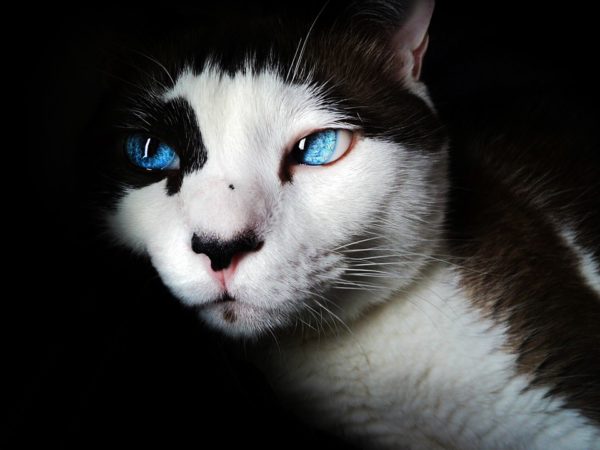
There’s a single-celled parasite called Toxoplasma gondii, and it can turn a normally risk-averse mouse into a bold, cat-seeking rodent. Cats that devour such mice can then pass the parasite onto humans.
But once humans are infected, what happens to them? Do they become Toxoplasma gondii zombies, acting however the parasite deems fit?
The answer is complex; studies show that people who test positive for this condition are more likely to take certain kinds of risks than those who don’t have toxoplasmosis, but it’s not yet clear how this happens.
Toxoplasma gondii can live in most mammals, but its life cycle traditionally involves living first inside a mouse or rat. That’s likely because cats prey on rodents, giving the parasite a way to reach the cat gut — the only known place where the parasite can reproduce, as cat guts are rich in linoleic acid, an ingredient necessary for Toxoplasma gondii sex, a 2019 study posted on the preprint database bioRxiv found.


